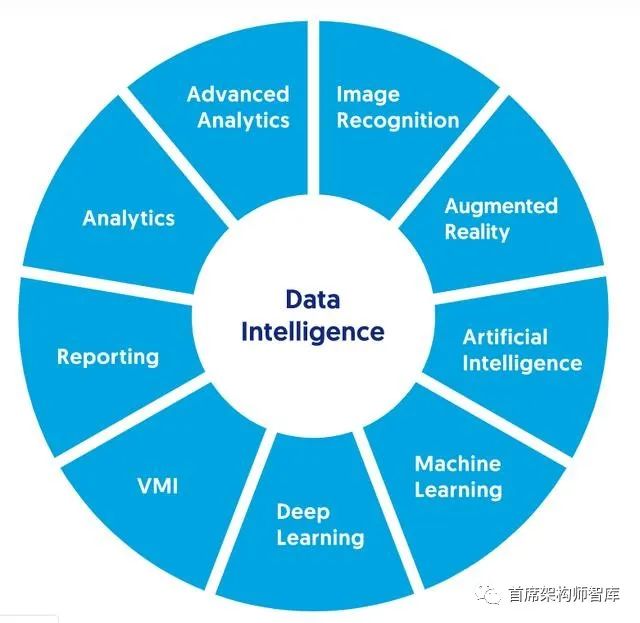
 å¾ç
å¾ç
Have you ever seen a robot vacuum cleaner at work? It's fun at first and becomes increasingly annoying as you see it miss a patch of dirt you want it to clean. The prospects for artificial intelligence are the same. It can automate routine tasks and deliver significant real-world value; but if you're not careful, you could spend most of your time hitting the same wall repeatedly or getting stuck in a tangled mess of cables for the 20th time. Unfortunately, there is evidence that companies spend more time obsessing over it than extracting value from AI:
Like a robot vacuum cleaner, the key to getting good results is to tidy it up first. AI utilizes complex mathematics and advanced computing power to deliver results, but it’s the data that drives all the fancy mathematics and expensive hardware. Data is the lifeline of artificial intelligence. If data management cannot be mastered well, artificial intelligence will not be able to produce positive results.
Companies have moved from the traditional on-premises model, where data was stored in managed databases under business applications such as ERP, to a model where applications are both in the cloud and on-premises. Data now comes from less structured sources (e.g. social media, blogs, sensors). The result is an increasingly complex data landscape. This complexity comes with a host of new tools to help manage all the new data types, formats and locations.
As companies try to keep up with this torrent of new data, the idea of a data lake serving as a single repository for all data for later use has become became popular, resulting in more tools and techniques. Soon, a disconnect emerged between the highly managed data of enterprise IT systems and the comprehensive but often uncontrolled large-scale data pools and streams of data coming from blogs, system logs, sensors, IoT devices and more. But AI needs to be connected to all of this data, as well as image, video, audio and text data sources. Just trying to manage all these connections requires multiple disconnected and fragmented tools. Until now.
Comprehensive new cloud solution that extends AI across the enterprise by managing three key things
Artificial Intelligence is a team effort that requires coordination and cooperation between:
Every member of your AI team should be able to work collaboratively for maximum productivity and speed, powered by the software. The software has built-in tools for governance, metadata management, and machine learning transparency so you can ensure the results of your team members’ hard work are explained, understood, and trusted
Just as the Second Industrial Revolution was driven by the assembly line of physical manufacturing, the Fourth Industrial Revolution will be driven by the AI assembly line: AI’s creative capabilities will be broken down into business processes that are put together and run on Dedicated parts to automate at scale. In this way, organizations can extract maximum value from their data assets and provide the best experience to their consumers and customers.
The above is the detailed content of Artificial intelligence without data intelligence is artificial. For more information, please follow other related articles on the PHP Chinese website!




